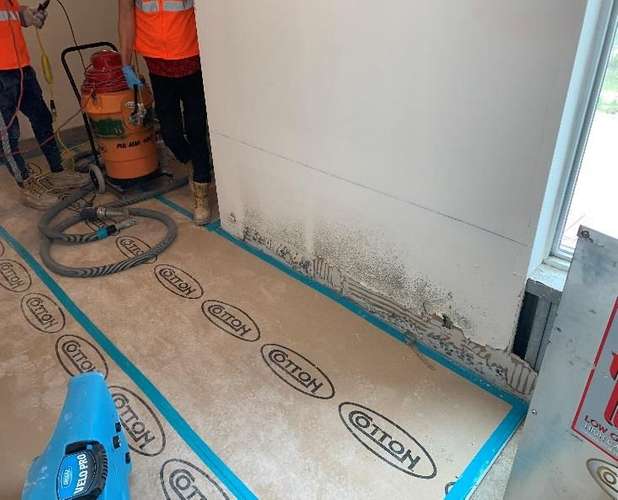Mold, a type of fungus, thrives in damp, humid environments and can colonize various surfaces, including walls, ceilings, floors, and even within HVAC systems. While some molds are harmless, others can pose serious health risks, especially to individuals with respiratory conditions, allergies, or compromised immune systems. The process of mold inspection begins with a thorough visual examination by trained professionals. They search for visible signs of mold growth, water stains, discoloration, or musty odors, which often indicate hidden mold. Advanced tools such as moisture meters and infrared cameras help detect moisture levels and pinpoint areas conducive to mold growth, such as behind walls or under flooring. Following the visual inspection, mold testing may be recommended to determine the type and concentration of mold present. This involves air sampling or surface sampling, where samples are collected and sent to a laboratory for analysis. Air sampling captures mold spores present in the air, providing insights into airborne mold levels and identifying potential sources of indoor mold contamination.

Surface sampling involves swabbing or tape-lifting samples from suspected mold colonies, which are then analyzed to identify the specific mold species present. The results of mold testing inform homeowners about the extent of mold contamination and help in developing an effective remediation plan. Depending on the findings, remediation may involve cleaning and disinfecting affected areas, repairing water leaks or moisture issues, and improving ventilation to prevent future mold growth. Professional remediation companies follow industry standards and guidelines to ensure thorough mold removal and prevention of recurrence. The importance of residential mold inspection and testing cannot be overstated when considering the health impacts of mold exposure. Mold spores, when inhaled, can trigger allergic reactions, asthma attacks, respiratory infections, and other health problems. Prolonged exposure to certain molds, such as Stachybotrys chartarum commonly known as black mold, has been linked to more severe health issues. Identifying and addressing mold problems promptly through inspection and testing can mitigate these health risks and create a safer indoor environment for occupants.
Moreover, mold growth can compromise the structural integrity of a home over time. Mold feeds on organic materials such as wood, drywall, and insulation, potentially causing decay and weakening the building’s framework. Early detection through inspection and testing allows homeowners to address mold issues before significant damage occurs, thereby protecting their property investment. Investing in residential mold inspection and testing is a proactive step toward safeguarding both health and property and blog here https://www.bernhardtrestoration.com/mold-inspections/. By identifying mold issues early, homeowners can mitigate health risks, prevent structural damage, and ensure a safe and comfortable living environment for themselves and their families. Professional mold inspection and testing services provide the expertise and tools necessary to accurately assess mold problems and implement effective remediation strategies, promoting long-term health and well-being within the home.